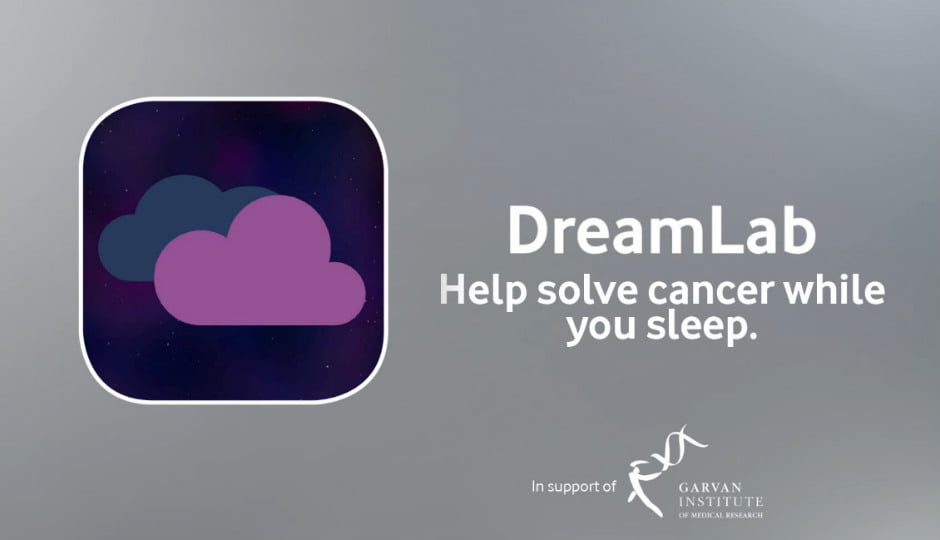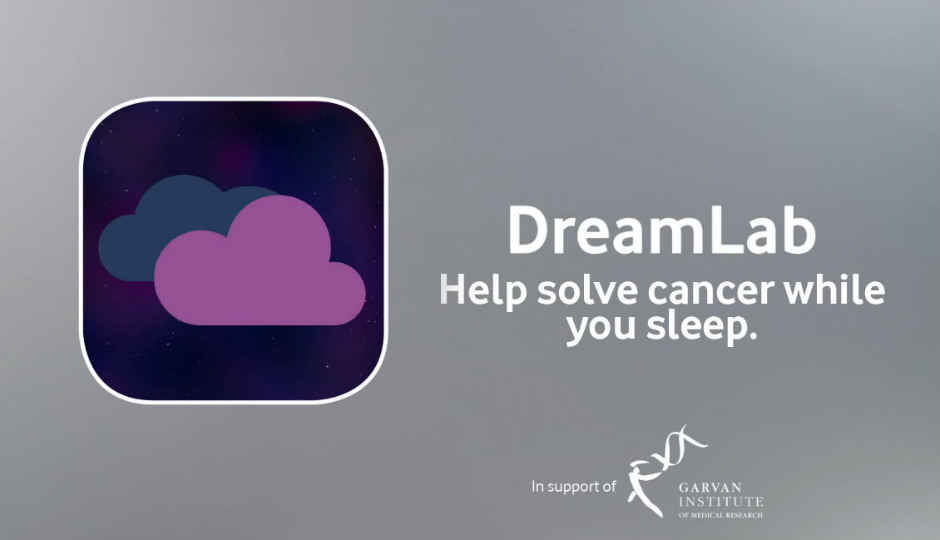
Vodafone Foundation and The Garvan Institute of Medical Research have launched an app called DreamLab, which helps speed up cancer research. Designed by B2Cloud, the app is free to download, and is initially available on Android, but will be launched on iOS soon. Vodafone claims that the app has been built to convert any smartphone into a supercomputer.
When a smartphone is plugged in and is completely charged, the DreamLab app will automatically download a small part of genetic sequencing profiles. These profiles are stored by the Garvan Institute on Amazon Web Services’ locally hosted cloud. This information is processed by the smartphone, and results are then sent back to the institute, which can be used for research. Users can also choose which cancer research they wish to support, namely, breast, ovarian, prostate, and pancreatic. They can also select how much mobile data they wish to use each month. Vodafone has waived the data fees for its users in Australia.
Vodafone Australia CEO, Inaki Berroeta told ZDNet, “When we heard about the challenges that the Garvan Institute were having when it came to buying computing power to do all this data-intensive research, that’s when we thought about what if we connected millions of smartphones that are idle at night, and we create this supercomputer. We could have [used computers] but given the millions of smartphones that are connected to our network, there is much more computing power than any computer. Also, you can see nowadays a smartphone has a computing power that is almost equivalent to a PC.” The CEO of the Garvan Institute explained that the initial goal will be to see 100,000 smartphone users download and use the DreamLab app. It is expected that this will help crunch data 3,000 times faster than the current rate.Earlier this year, it was reported that Google’s Life Sciences division was developing a bracelet that would detect cancer, heart attacks and other diseases. The system would detect diseases when it first appears, by using nanoparticles that search the body for disease. The bracelet would allow diagnosis before any physical symptoms appear, which would allow early intervention and reduce fatality rates of illnesses. Last year, it was reported that researchers from University of Houston have developed a disease diagnostic system based on nanotechnology, that will only require a lens attachment to check for diseases.
[“Source- digit”]


